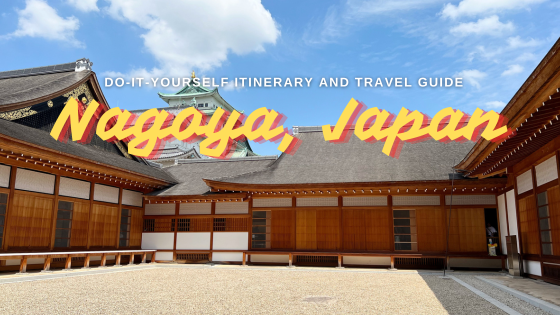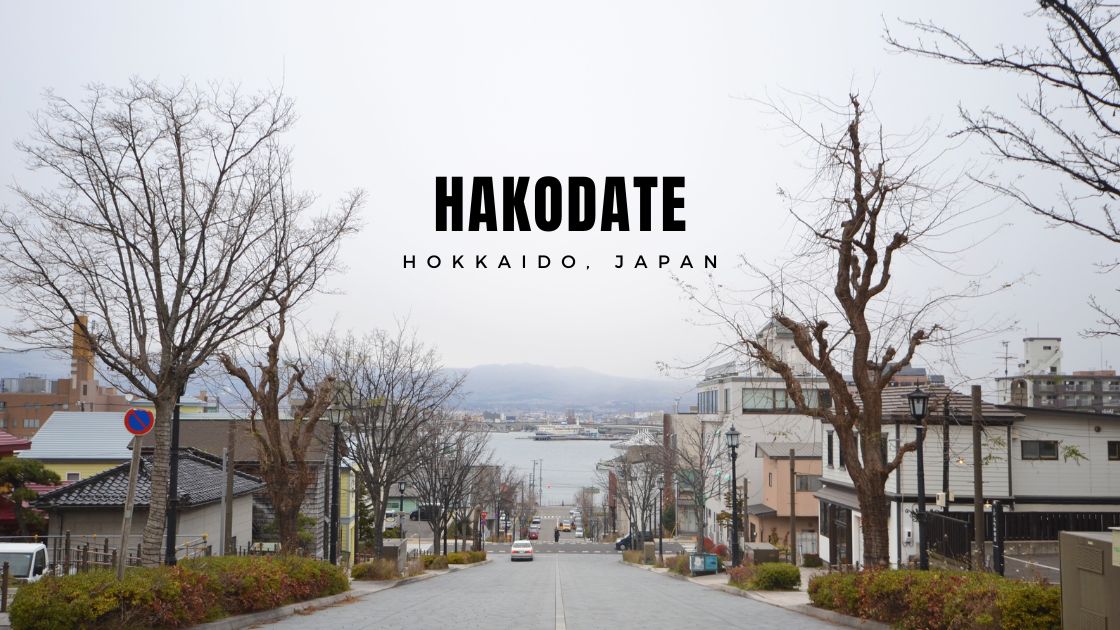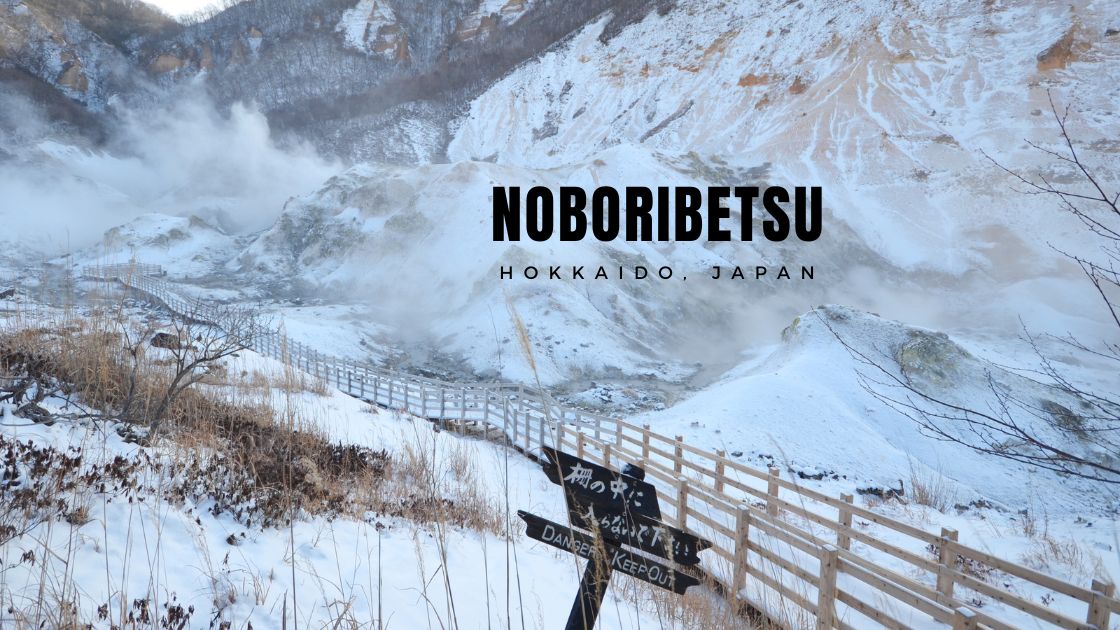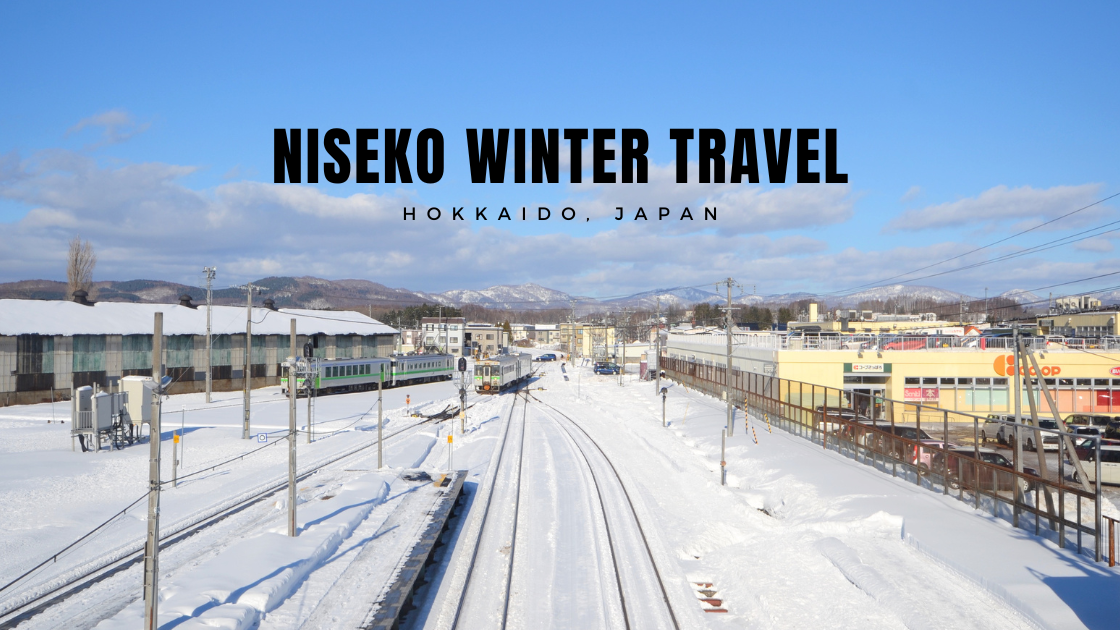Nagoya is one of Japan’s major cities, but it often gets overlooked on typical tourist routes, which made me curious to explore it myself. For my third visit to Japan, I wanted something new, relaxed, and not overly packed with tourist crowds. Thanks to my flexible remote work setup, I planned this chill Nagoya itinerary spread across weekdays, balancing work and adventure.
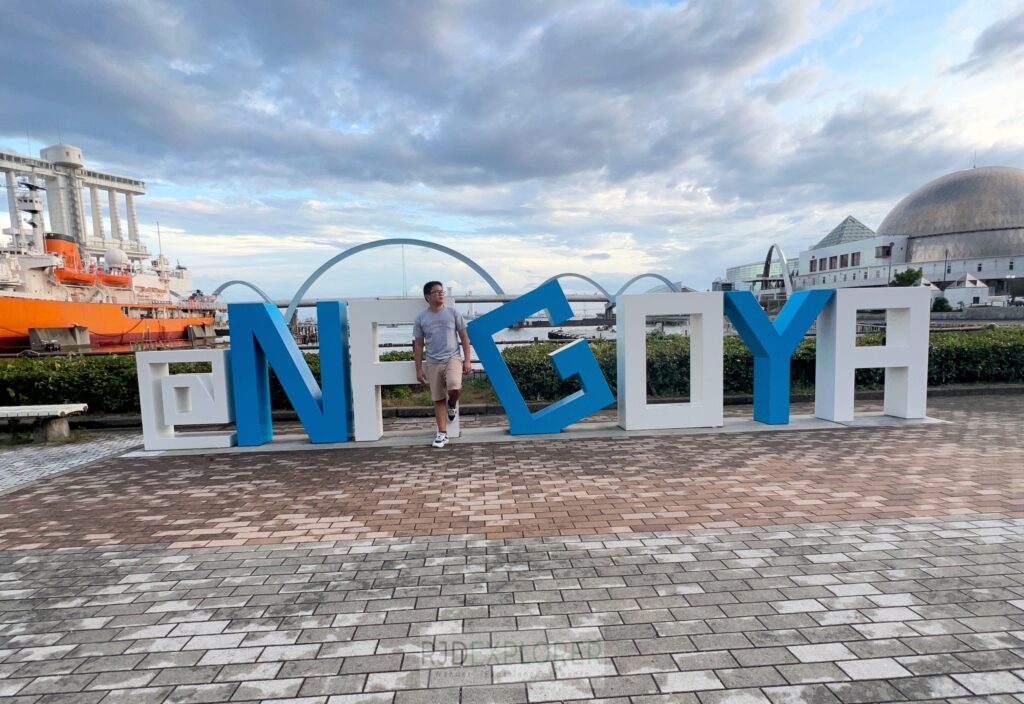
This guide covers 3 days in Nagoya, plus a suggested Day 4 option if you have time to visit Ghibli Park before heading to Yokohama or Tokyo. This is a do-it-yourself travel guide, but if it doesn’t suit your travel style or comes with certain limitations, feel free to explore the linked activities in this article for a more convenient option.
Things to Know Before You Go
Before you dive into your Nagoya itinerary, here are some essentials that can help you plan better and avoid surprises.
Visa Requirements (for Filipinos)
Yes, Philippine passport holders need a Japan visa before traveling. If it’s your first time, apply through an accredited travel agency. Requirements include bank statements, itinerary, COE (if employed), and other documents depending on the type of application. Processing time usually takes 5–7 working days, but can be faster for multiple-entry applicants or repeat travelers. You can check my separate guide on Japan visa application, but make sure to check the most recent process and requirements from the official embassy or consulate website, as policies may change.
Weather
Nagoya has four distinct seasons, so pack accordingly. Each offers a unique charm: Spring (March to May) is cool and filled with cherry blossoms, making it one of the most picturesque times to visit. Summer (June to August) can be hot and humid, with average temperatures hovering around 30°C which is perfect for festivals but a bit intense for long walks. Autumn (September to November) brings mild weather and stunning foliage, ideal for exploring parks and historic sites. Winter (December to February) is cold but manageable, with occasional snow that adds a serene touch to cityscapes without making travel too difficult.
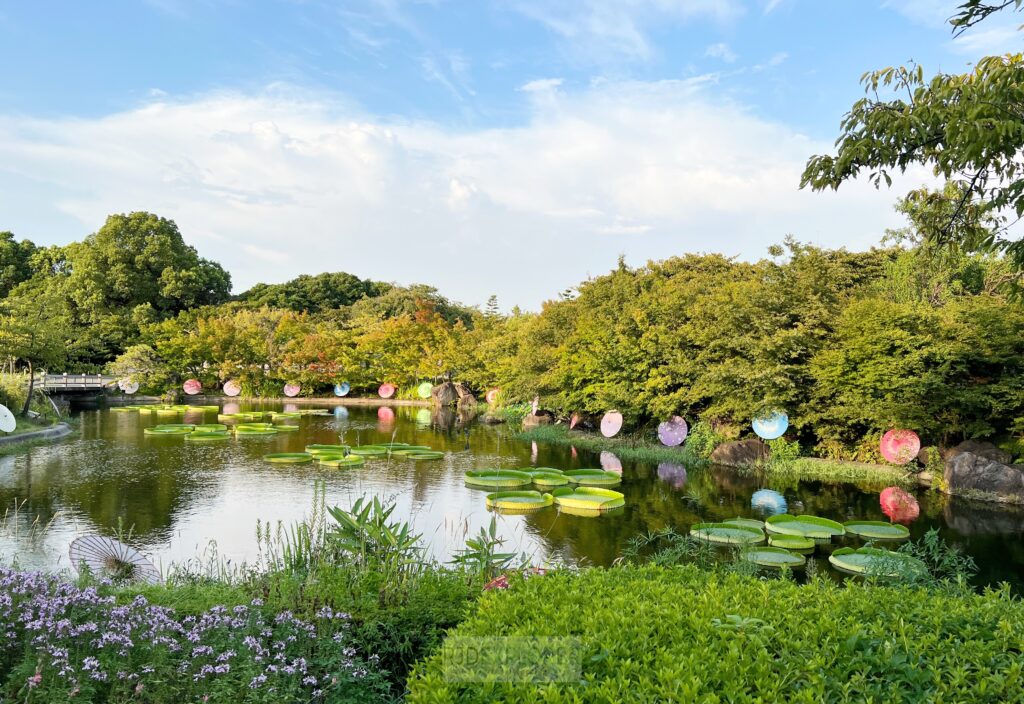
For this Nagoya itinerary, I visited during summer. While it was warm, most spots had shade, AC, or indoor areas to cool off. Still, I’ve already told myself I’d never book another summer trip to Japan, it’s just way too hot for me. Even hotter than summer in the Philippines!
Currency
The official currency is the Japanese Yen (JPY). Most convenience stores and big chains accept cards, but it’s still a cash-heavy society, especially in temples, street food stalls, or small restaurants. You can withdraw cash using international cards at 7-Eleven or Family Mart ATMs.
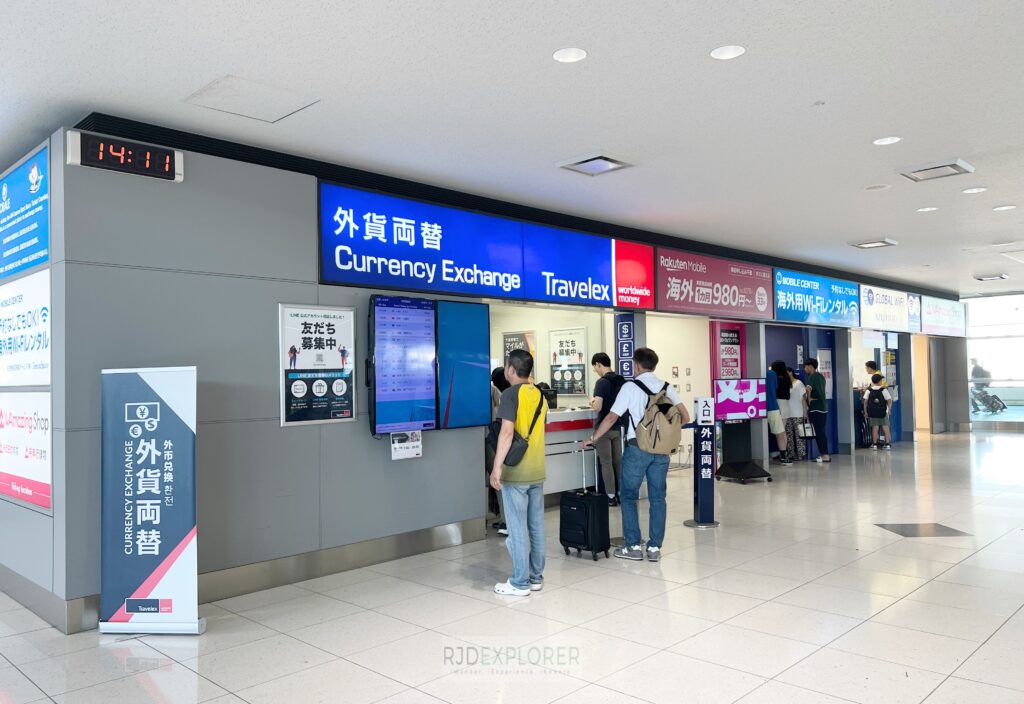
Language
Japanese is the main language in Nagoya, and English isn’t widely spoken, especially in local eateries and older establishments. However, most restaurants do have English menus, and at tourist spots, signboards often include English translations. When there’s no English menu available, Google Translate comes in very handy. People are also generally helpful, so getting around isn’t too difficult.
Connection and Activities
Stay connected with a pocket WiFi or a local SIM. I pre-booked a 4G pocket WiFi via Klook and picked it up at the airport. It helped with maps, bookings, translations, and finding hidden gems for this Nagoya itinerary.
Klook.comGetting to Nagoya from Manila
If you’re in the Philippines and planning to reach Nagoya’s Chubu Centrair International Airport (NGO) directly, Ninoy Aquino International Airport (MNL) is the most common departure point with nonstop options via Cebu Pacific or Philippine Airlines, flight lasting around 4 to 4.5 hours.
For travelers outside Manila, there’s also a direct flight from Mactan–Cebu International Airport (CEB) to Nagoya, operated by Philippine Airlines. It departs weekly (typically on Tuesdays and Saturdays).
Getting Around Nagoya
Nagoya’s public transport is efficient and foreigner-friendly.
- The subway system is clean and easy to follow with English signage.
- Get a Manaca Card or IC card for hassle-free tap-ins on buses and trains.
- Taxis are available but expensive.
- For short distances, walking is a great option, especially around central areas like Sakae and Osu.
4-Day Nagoya Itinerary
Day 1: Arrival, Mirai Tower, Oasis 21, Sakae District
After landing at Chubu Centrair International Airport, I took the train to Meitetsu Nagoya Station (about 30–40 mins via Rapid Limited Express). Since I arrived just before lunch, I grabbed a quick bite at one of the food stalls inside the station before heading to my accommodation.
My goal was to ease into the city, so I kept the afternoon light. First stop: Chubu Electric Power Mirai Tower at Hisaya Odori Park. Japan’s first-ever radio tower, built in 1954, sits right in the center of a public park. It gave off serious retro-futuristic vibes.
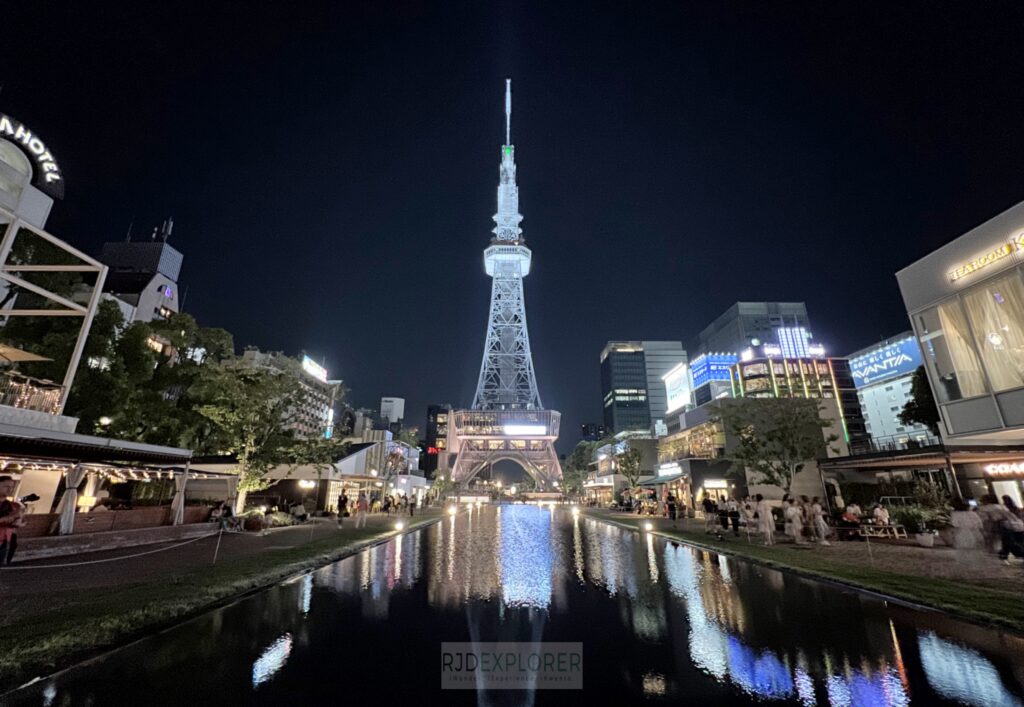
A few steps away is Oasis 21, a modern shopping and food complex with a glass “Spaceship-Aqua” roof. I went up to the top deck where you can see a water-covered platform reflecting the illuminated Mirai Tower. This spot provides excellent photo opportunities.
I wrapped up the night with dinner around Sakae District, an area full of bars, restaurants, and bright lights. I was back in my room before 7 PM, just how I wanted this trip to go.
Klook.comDay 2: Nagoya Castle, Noritake Garden, Toyota Museum, Nabana no Sato
I kicked off the day with the intention of trying the Nagoya Morning set, a local breakfast tradition where ordering a coffee gets you free toast and a boiled egg. Most cafés know what you mean if you just say “Nagoya Morning.” But I missed out this time. I thought it was automatic when you order breakfast, but turns out you have to specifically tell the staff that you’re availing the Nagoya Morning set. Lesson learned for everyone planning to try it!
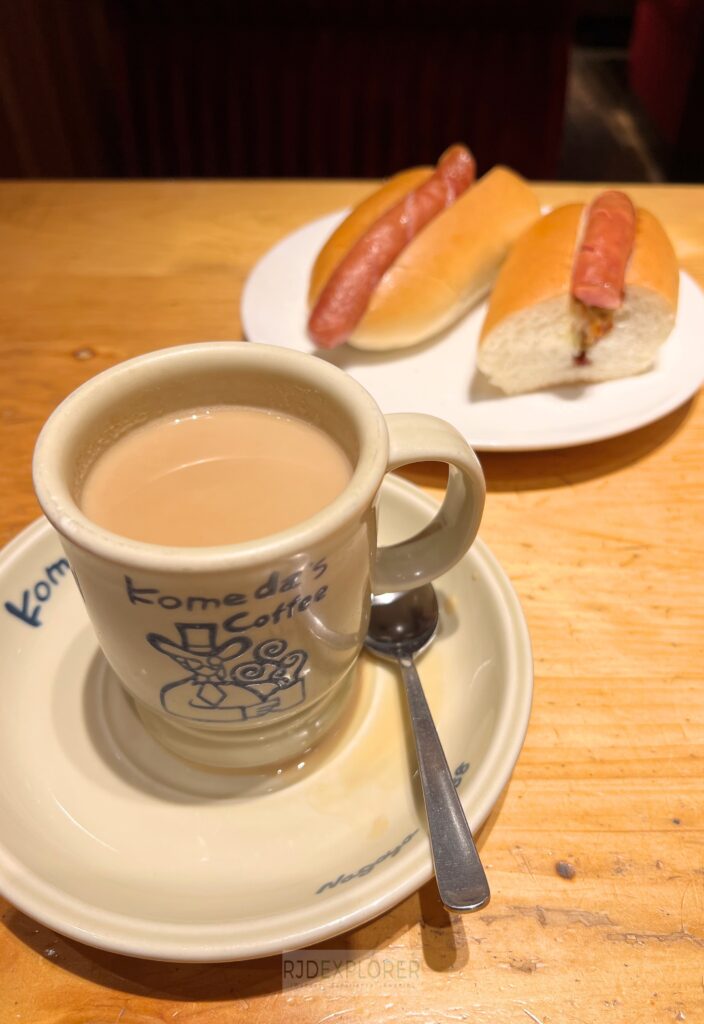
Nagoya Castle
First stop is Nagoya Castle, one of Japan’s grandest and most iconic castles. Don’t miss the Honmaru Palace, it features beautifully restored gold-painted sliding doors and lavish interiors. I recommend heading there first before walking the castle grounds, especially if there are no long queues yet.
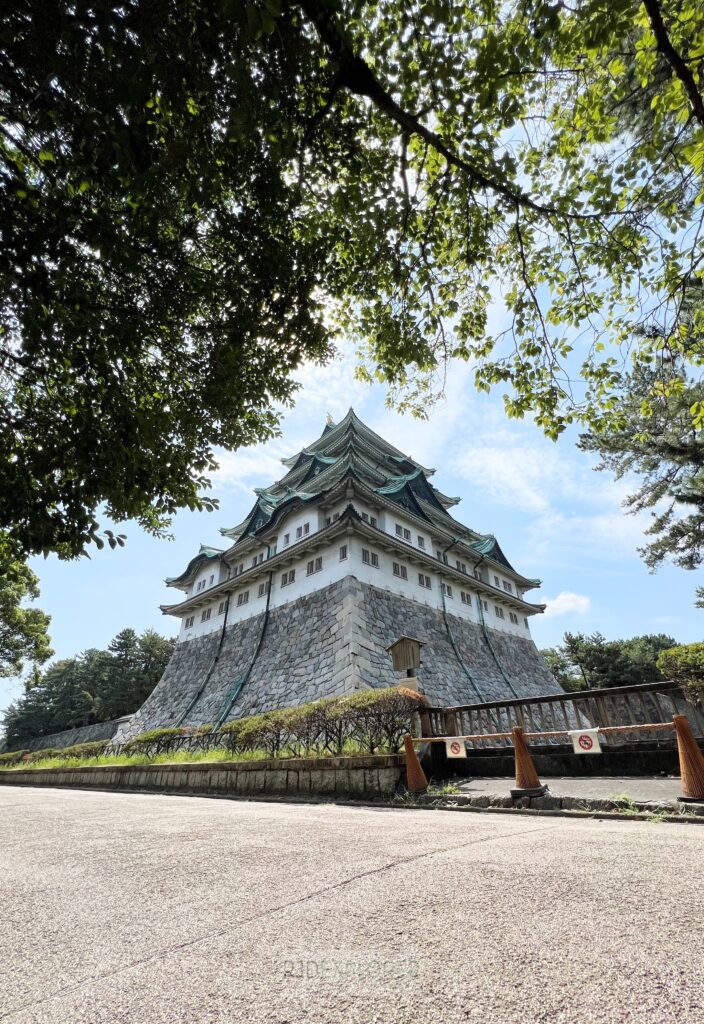
During my visit, I also saw costumed ninjas roaming around the castle grounds! This is part of the Nagoya Omotenashi Busho-tai experience, a performance and interaction group featuring samurai and ninja characters who mingle with visitors. They’re happy to pose for photos too, so don’t be shy to approach them. If your timing is good, you might even catch one of their live performances.
Noritake Garden and Tsutaya Bookstore Nagoya
Next, I headed to Noritake Garden, a peaceful spot surrounded by green spaces and historic red-brick buildings. It was a nice escape from the buzz of the city, perfect for a mid-morning stroll.
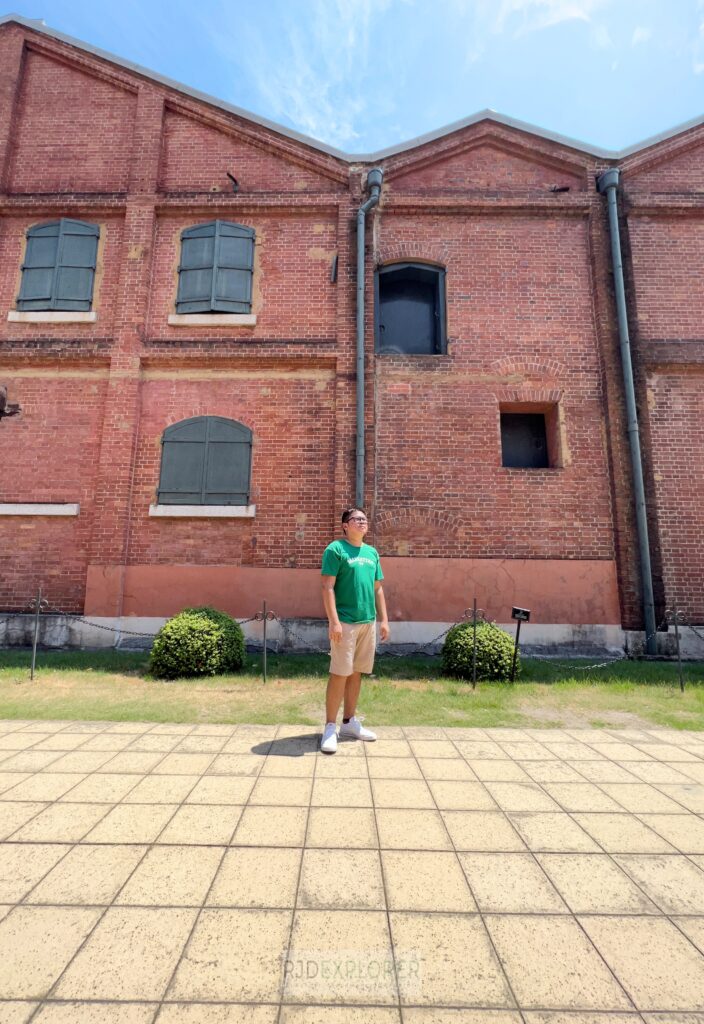
Just a short 3-minute walk from the station, I found myself at AEON Mall, heading straight for Tsutaya Bookstore Nagoya. Tsutaya is already known for its beautifully designed spaces across Japan, but this branch truly raises the bar. A mirrored staircase and towering bookshelf wall have turned this bookstore into a photographer’s dream, and it’s easy to see why. The dramatic symmetry, warm lighting, and endless rows of books create an atmosphere that’s both cozy and cinematic.
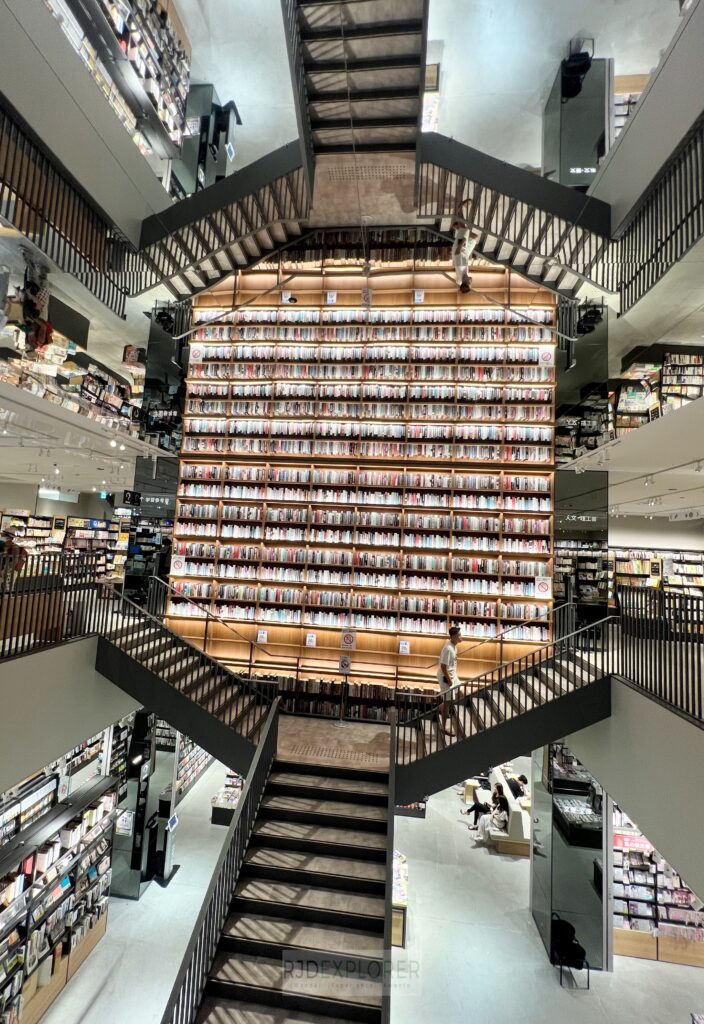
After snapping a few shots, I headed to the grocery section of the mall and grabbed a bento for lunch, simple, delicious, and budget-friendly.
Toyota Commemorative Museum of Industry and Technology
Just a 5-minute walk from Tsutaya is the Toyota Commemorative Museum of Industry and Technology. You don’t need to be a car enthusiast to appreciate it. The exhibit on Toyota’s origins as a textile company is surprisingly fascinating, with live demonstrations of historic weaving machines.
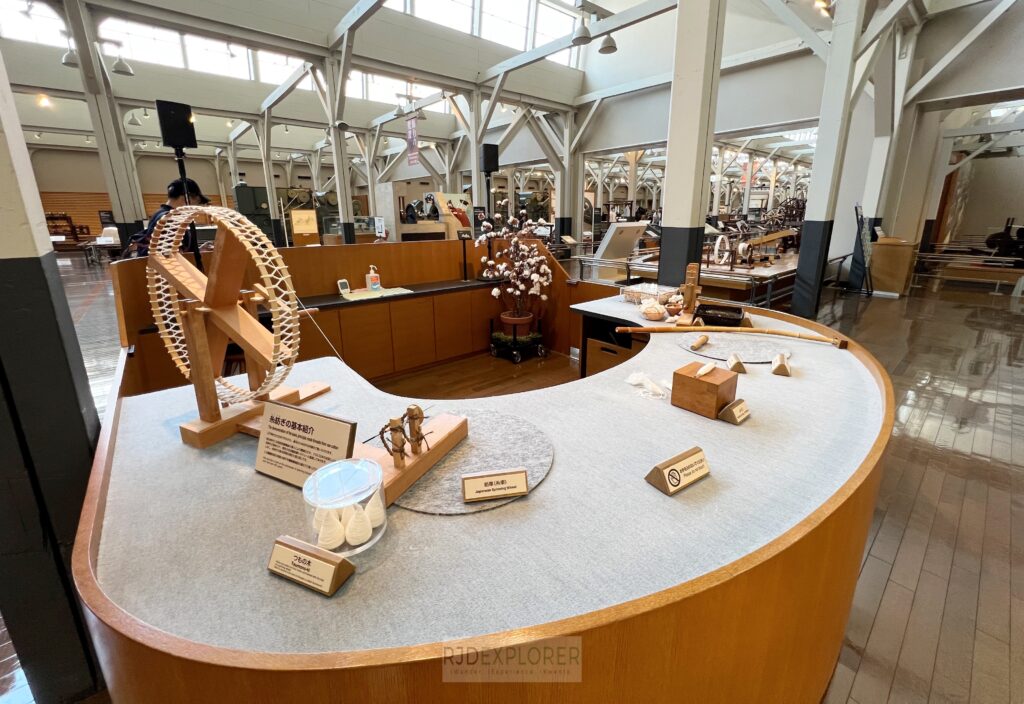
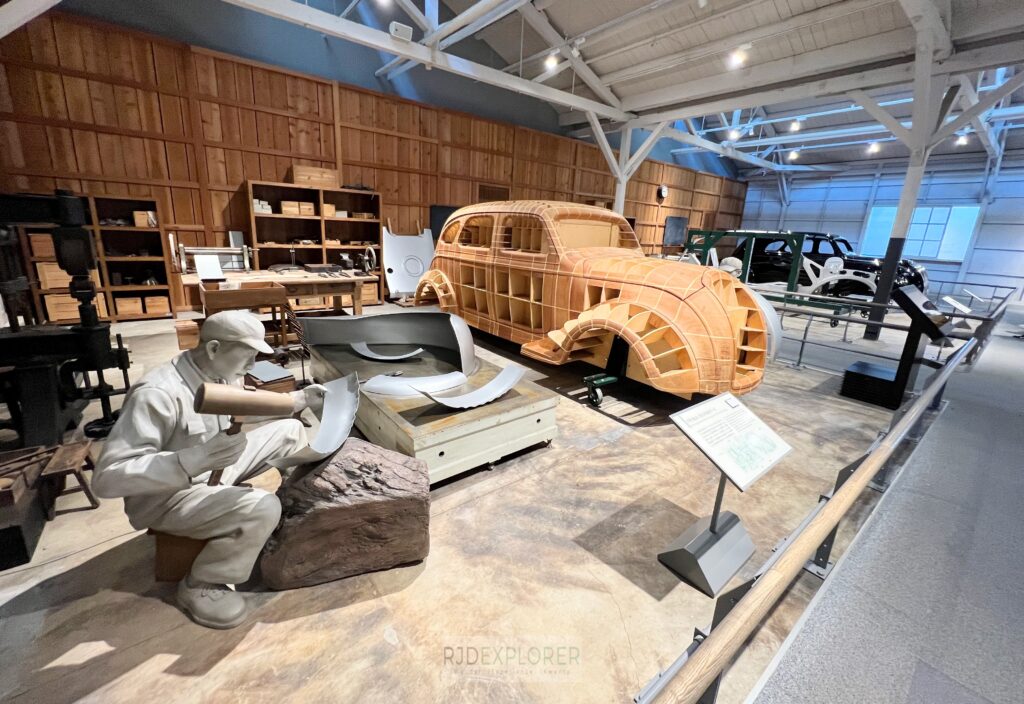
The museum also features impressive displays of Toyota’s evolution into a world-class car manufacturer. You’ll find classic models, interactive exhibits on production technology, and detailed explanations of how modern Toyota cars are made, from metal pressing to final assembly. A highlight is the replica of the Toyota AA, the company’s very first passenger car, released in 1936.
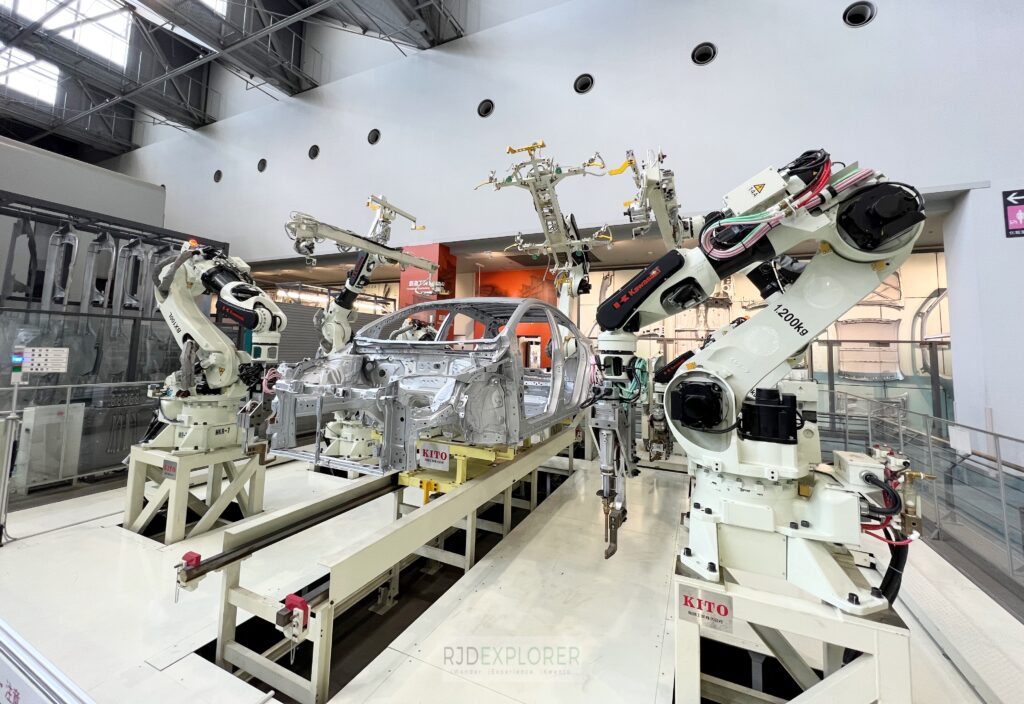
It’s an engaging mix of history, innovation, and hands-on learning that gives insight into how a small loom-making company grew into a global automotive powerhouse.
Nabana no Sato
Late in the afternoon, I took a 30-minute train from Nagoya to Nagashima Station in Mie Prefecture to visit Nabana no Sato. The park is a bit far from the station, so it’s best to check the shuttle bus schedule ahead of time. In my case, I ended up walking with a friendly group of Japanese teenagers for about 30 minutes. It was already around 4 PM, so the heat had eased. The walk led us through rice fields and quiet village roads, offering a peaceful glimpse of rural Japan that made the trek surprisingly enjoyable.
As a plant lover, I especially enjoyed exploring the Begonia Garden. While it requires a separate admission fee, you can use your included voucher for the park entrance, it was absolutely worth it. The vibrant, ceiling-high floral arrangements felt like walking through a living painting and bursting with color, texture, and creativity. The greenhouse is massive and climate-controlled, allowing tropical and subtropical blooms to thrive year-round. I stayed far longer than expected, admiring every corner and floral arch.
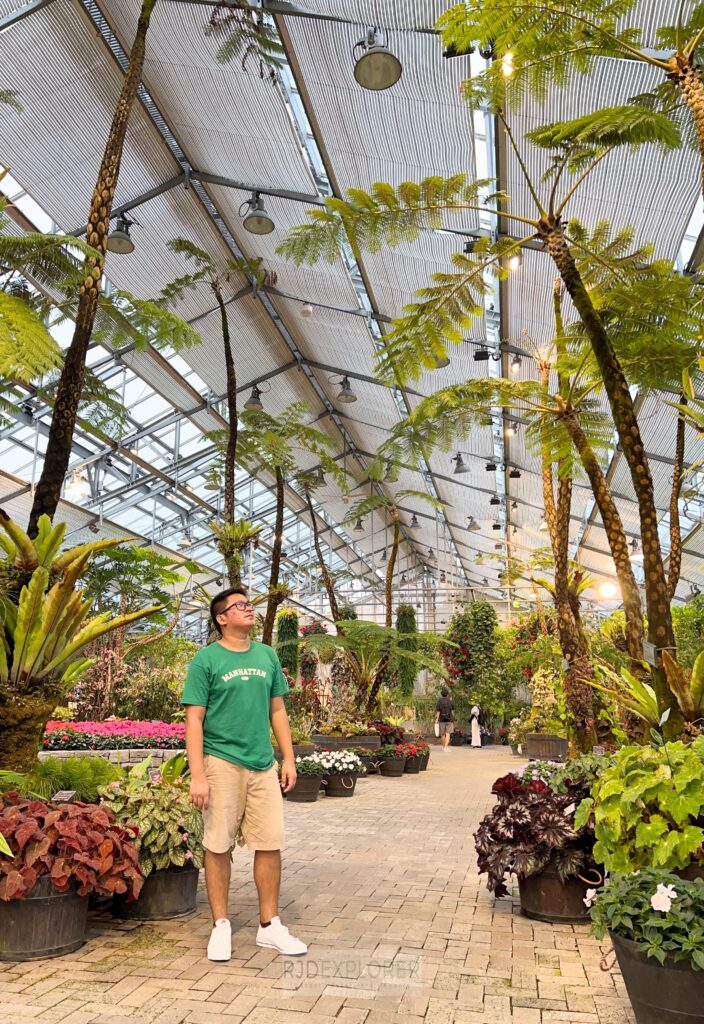
As the sun set, the park began to glow. The iconic light tunnel and seasonal illumination show transformed the grounds into a dreamy wonderland. Be sure to check the illumination schedule at the entrance so you can time your visit accordingly, it’s a magical blend of music, light, and color that brings the entire garden to life.
For the trip back, I waited for the shuttle bus straight from Nabana no Sato to Nagoya. The visit to Nabana no Sato is indeed a peaceful escape and absolutely worth the detour.
Klook.comDay 3: Atsuta Shrine, Osu Shopping Street, Osu Kannon, Nagoya Port
Atsuta Shrine
Day 3 began quietly at Atsuta Shrine, a peaceful Shinto sanctuary tucked within central Nagoya. Though it’s one of Japan’s most significant shrines, it’s refreshingly serene and uncrowded, far from the packed temple routes of Kyoto. Towering, centuries-old camphor trees line the gravel paths, and the scent of wood and earth fills the air. The shrine is said to house the sacred sword Kusanagi, one of Japan’s imperial regalia, and even if the treasure itself is not on display, the spiritual energy is felt. Locals come here for blessings, quiet walks, or just to sit under the shade.
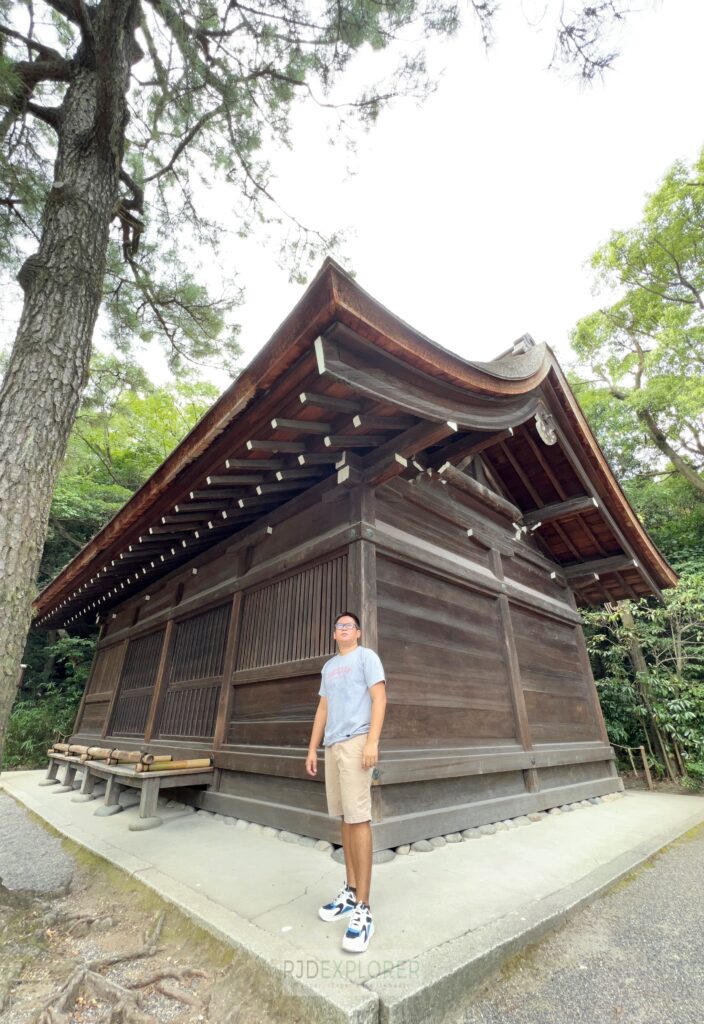
Osu Shopping Street
After soaking in the calm, I shifted gears with a visit to Osu Shopping Street, just a few train stops away. It’s a vibrant and chaotic maze of arcades, alleys, and lantern-lit walkways. Part street market, part shopping arcade, Osu pulses with pop culture, thrift stores, and food stalls. I joined the crowd and soon found myself lining up for crispy karaage, 10-yen pancakes, and juicy dim sum from Paopaotei.
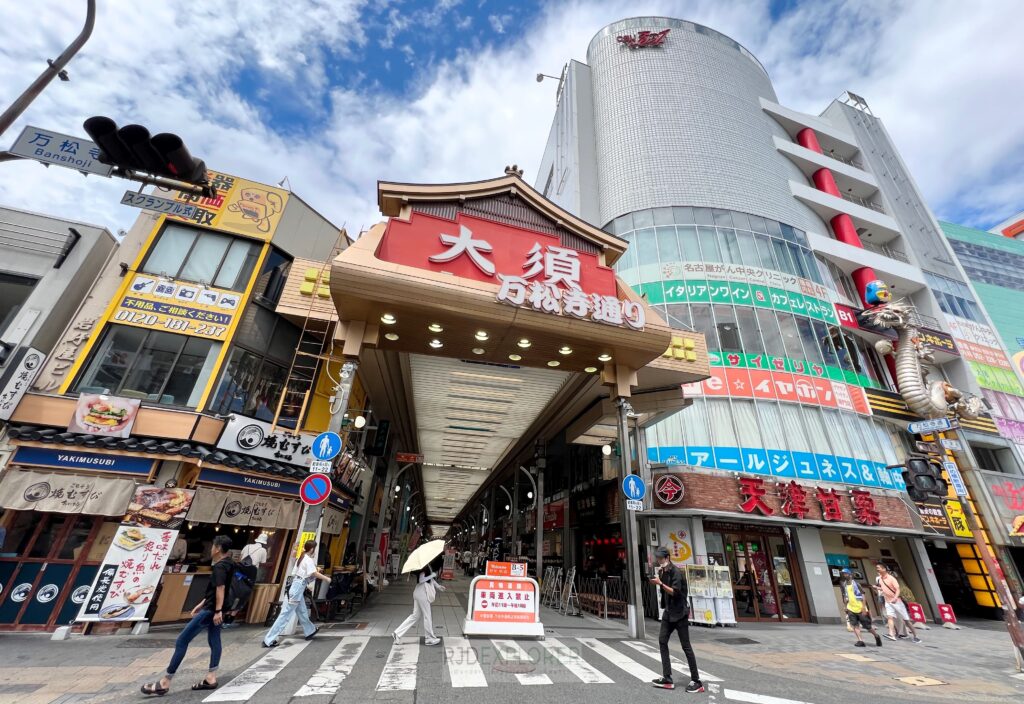
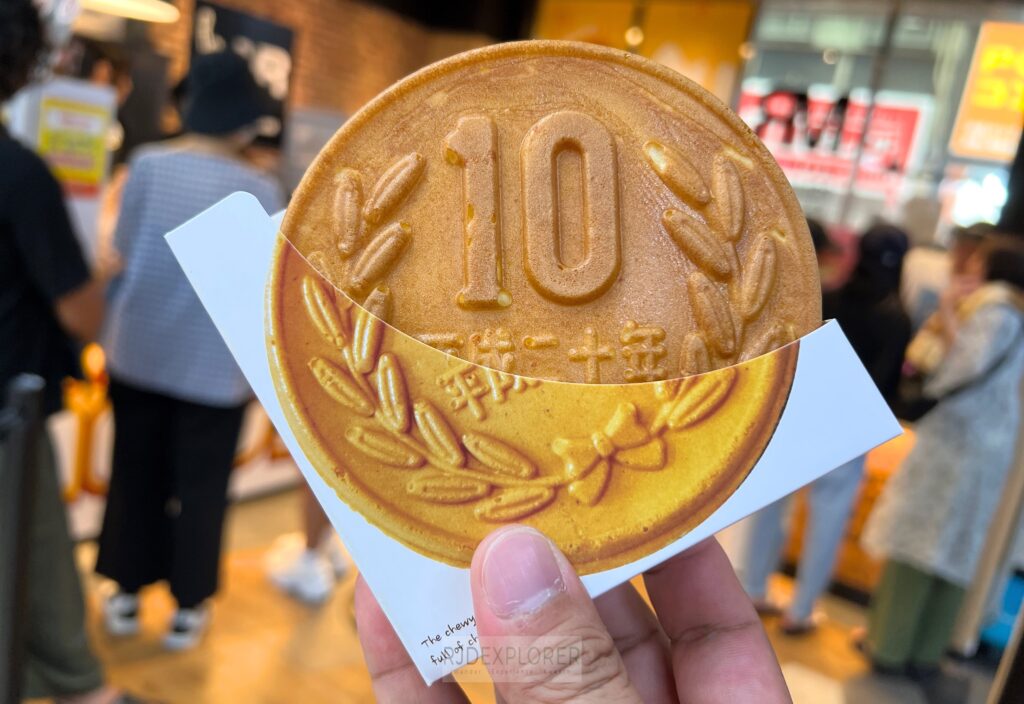
Tucked just around the corner is Osu Kannon Temple, a bold, red-lacquered Buddhist site that’s hard to miss. It sits in contrast to Atsuta’s quiet austerity, more vibrant, with pigeons fluttering in the square and incense curling in the wind.
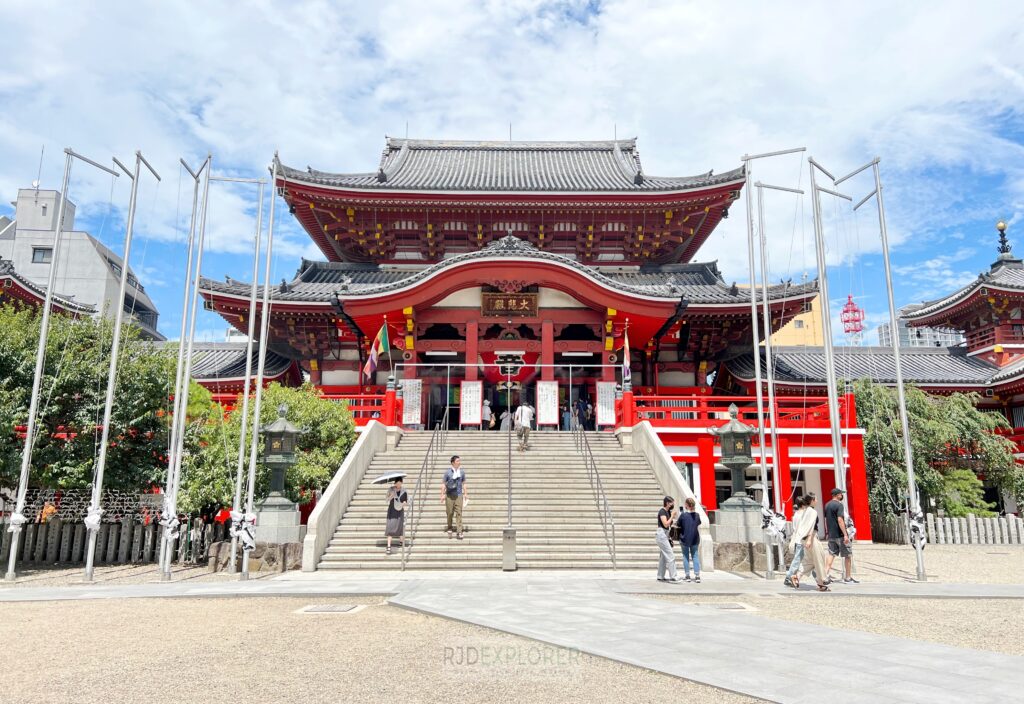
Nagoya Port
As the sun softened, I made my way to Nagoya Port, seeking a slower pace to close the day. I walked along the Garden Pier, a long stretch lined with benches and flowers, and watched ships quietly roll into the bay. There’s a maritime museum and an aquarium nearby, but I skipped them in favor of just letting the breeze carry the evening. Nagoya Port doesn’t scream for attention like Tokyo Bay, but it offers a different kind of charm, one that feels more local, more lived-in.
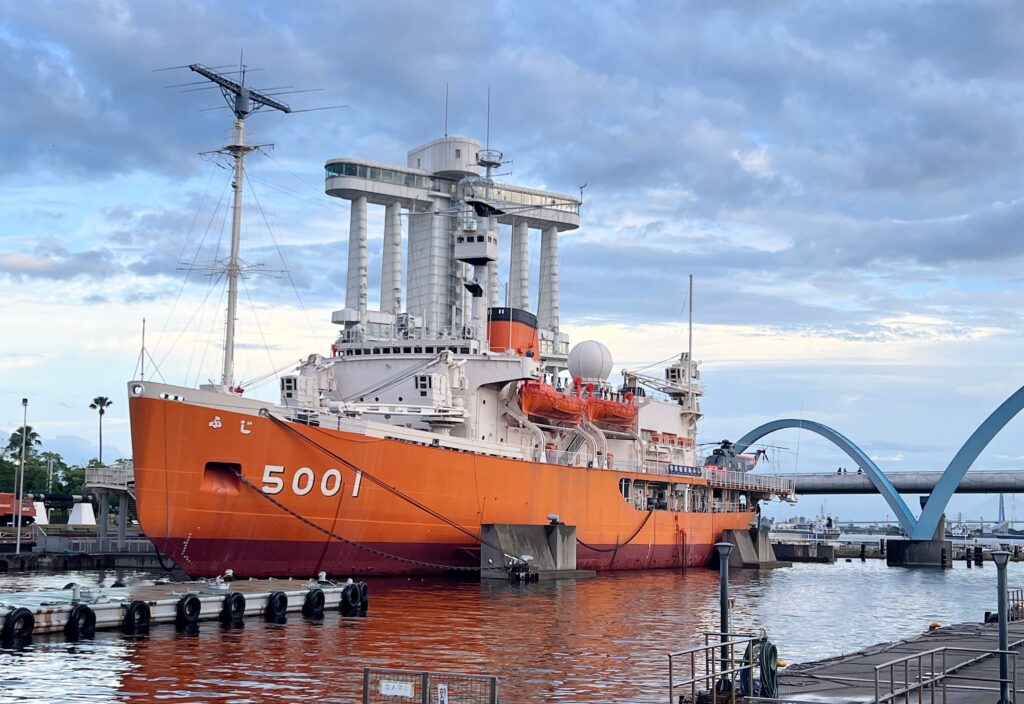
Day 4: Ghibli Park (OPTIONAL)
I planned to visit Ghibli Park on Day 4 before heading to Yokohama, but the weather had other plans. A typhoon hit near Nagoya that morning, forcing the park to close. Still, if you’re luckier than I was, it’s a whimsical way to wrap up your Nagoya itinerary.
Note: Ghibli Park requires advance reservations for some areas, so check their website before your trip.
Klook.comNagoya surprised me. It’s not flashy or overwhelming, but its subtle mix of culture, history, and modern life grows on you. In three days, I visited a castle, strolled gardens, ate my way through shopping streets, and slowed down in a city that doesn’t rush you.
If you’re planning a Japan trip and want a less-traveled, easier-paced destination before the energy of Tokyo or Osaka, this Nagoya itinerary is a perfect fit.
Sample Expenses: 4-Day Nagoya Itinerary
Here’s a breakdown of my actual expenses from my Nagoya trip, excluding flights. This should give you a rough idea of how much you might spend if you plan a similar route. I mixed city exploring with day trips, used IC cards for most transport, and tried to balance food, fun, and budget. Of course, costs will vary depending on your travel style, whether you’re into full-on convenience, budget-conscious moves, or somewhere in between.
Accommodations (PHP 6,493)
I booked a Single Non-Smoking room at Hotel Silk Tree Nagoya for 3 nights. Since summer is considered off-peak, rates were lower and almost the same price as dorm beds during peak season. The hotel is conveniently located near Fushimi Station and within walking distance to Sakae and Nagoya’s shopping districts.
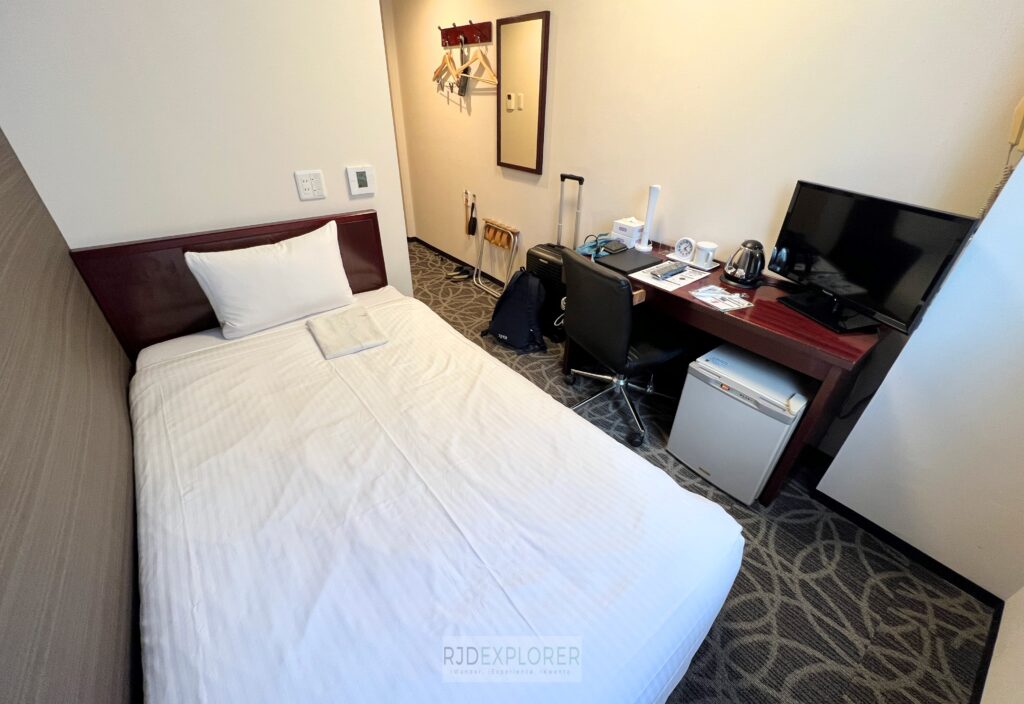
Food Budget (JPY 9,500)
Over 4 days, I spent about JPY 7,000 dining at sit-down restaurants. I also grabbed essentials and snacks from konbinis such as electrolyte drinks, veggie salads, and a few cravings, which added another JPY 2,500.
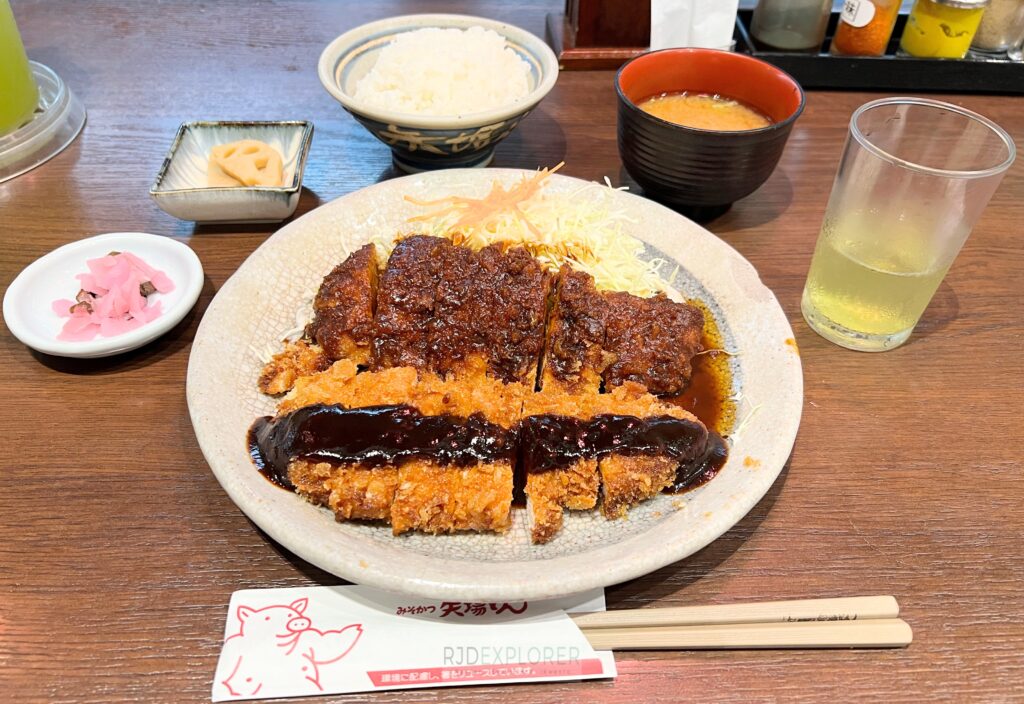
Transportation (JPY 4,450)
I pre-booked the train from Chubu Centrair Airport to Nagoya Station via Klook, which cost around PHP 346 (JPY 1,000). For getting around, I used two 24-hour Nagoya Subway Passes (JPY 1,520 total). I paid JPY 490 for the train to Nagashima Station (for Nabana no Sato), and JPY 1,000 for the shuttle bus back to Nagoya. On arrival and departure days, I used single-journey subway tickets at JPY 220 per trip.
Tours, Activities, and Park Fees (JPY 2,700)
- JPY 500 – Nagoya Castle
- JPY 500 – Toyota Commemorative Museum
- JPY 1700 – Nabana no Sato (includes a ¥1,000 voucher)
Miscellaneous (PHP 1,495 / ~JPY 3,500)
I got an 8-day unlimited data SIM card for PHP 1,495, which worked great throughout the trip.
ESTIMATED TOTAL: ~ PHP 18,000–20,000 (JPY 48,000–50,000)
That’s roughly PHP 4,500–5,000 per day, depending on exchange rates. Budget travelers can definitely spend less by sticking to free attractions or eating more convenience store meals. But if you’re combining sightseeing, comfort, and a few indulgences like I did, this range is a solid baseline.

